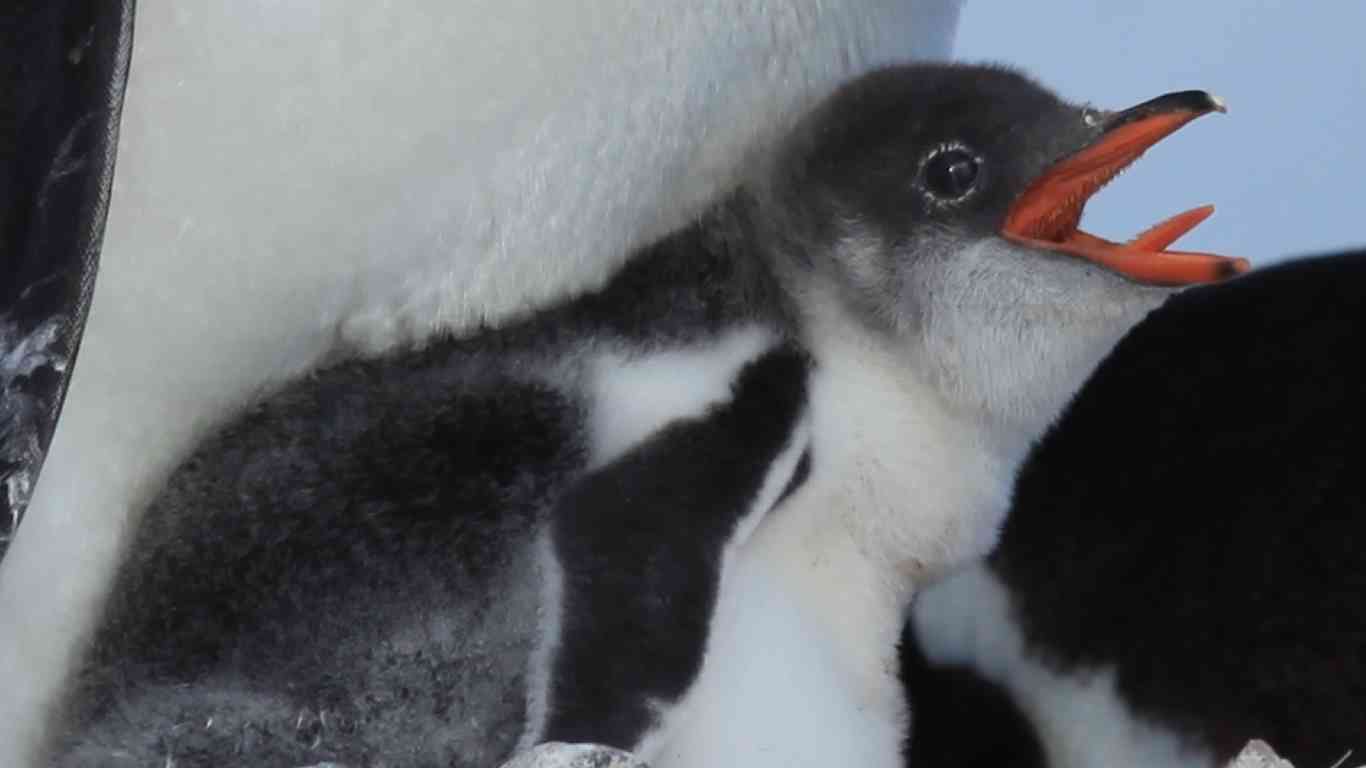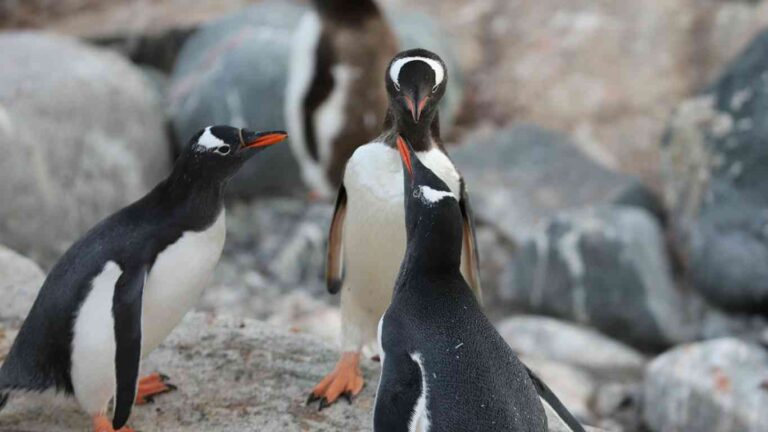Do Penguins Have Tongues?
When we are thinking about the various adaptions penguins have, it’s common to ask about specific characteristics that might not be immediately obvious.
Penguin anatomy often sparks curiosity, and one frequently asked question is whether they have tongues.
Do Penguins Have Tongues?
Penguins do have tongues and their tongues are typically robust and tough, covered with spiny structures called papillae.
These papillae are sharply barbed, and they serve the important purpose of helping penguins grip slippery prey like fish and squid.
Penguins’ tongues are quite different from human tongues, both in form and function.
The texture and construction of their tongue play an essential role in their survival.
Living in cold environments where agile and slippery seafood is their main diet, penguins have evolved this special tongue to ensure they can catch and hold onto their food.
The barbs point backward, which means once a fish is caught, it is nearly impossible for it to slip free.
Additionally, rather than tasting, their tongues mainly facilitate the physical manipulation of food.
While penguins cannot taste their food in the way humans do, as they have fewer taste buds, it doesn’t significantly impact them.
They feed in a manner where taste likely isn’t as important as it is to animals that forage or hunt in more diverse ways.
Their tongues are the perfect adaptation for their feeding habits, compensating for taste capabilities with efficiency in collecting and swallowing their prey.
This adaption is evident across all penguin species from the towering Emperor Penguins of Antarctica to the diminutive Little Blue Penguins of Australia and New Zealand.
Each species will have varying tongue structures tailored to their food sources, but all share the characteristic feature of spikes that facilitate holding onto their meals in the oceanic buffet.
Though penguins lack the versatile tongues that other animals possess, their specialized tongues showcase the fascinating ways evolution has honed their anatomy to suit their unique ecological niches.
Thus, while penguins do indeed have tongues, these are precisely fine-tuned to ensure their survival in some of earth’s harshest climates, demonstrating the beautiful adaptability within the animal kingdom.
Ending Summary
In conclusion, while penguins have tongues, their impressively adapted anatomy reflects their amazing capacity for specialized functions.
Their barbed and sturdy tongues are evolutionary masterpieces, underlining how living organisms can adapt over time to their environments and available resources.
This adaptation underscores the fact that when it comes to survival, effectiveness often trumps ornamentation in nature’s design book.
(Featured image by Liam Quinn)







